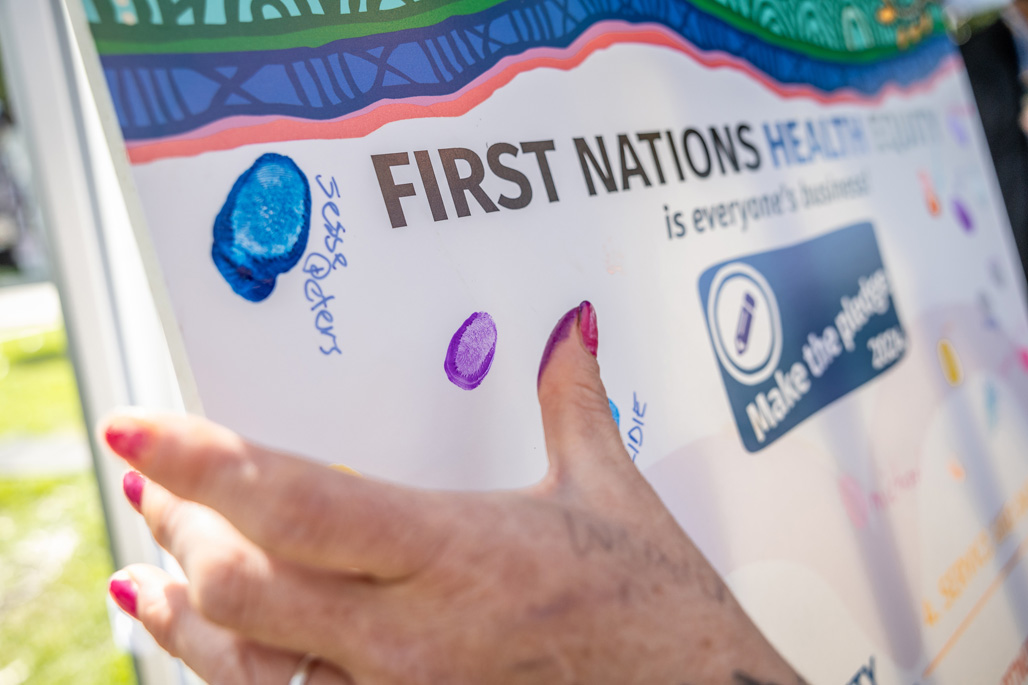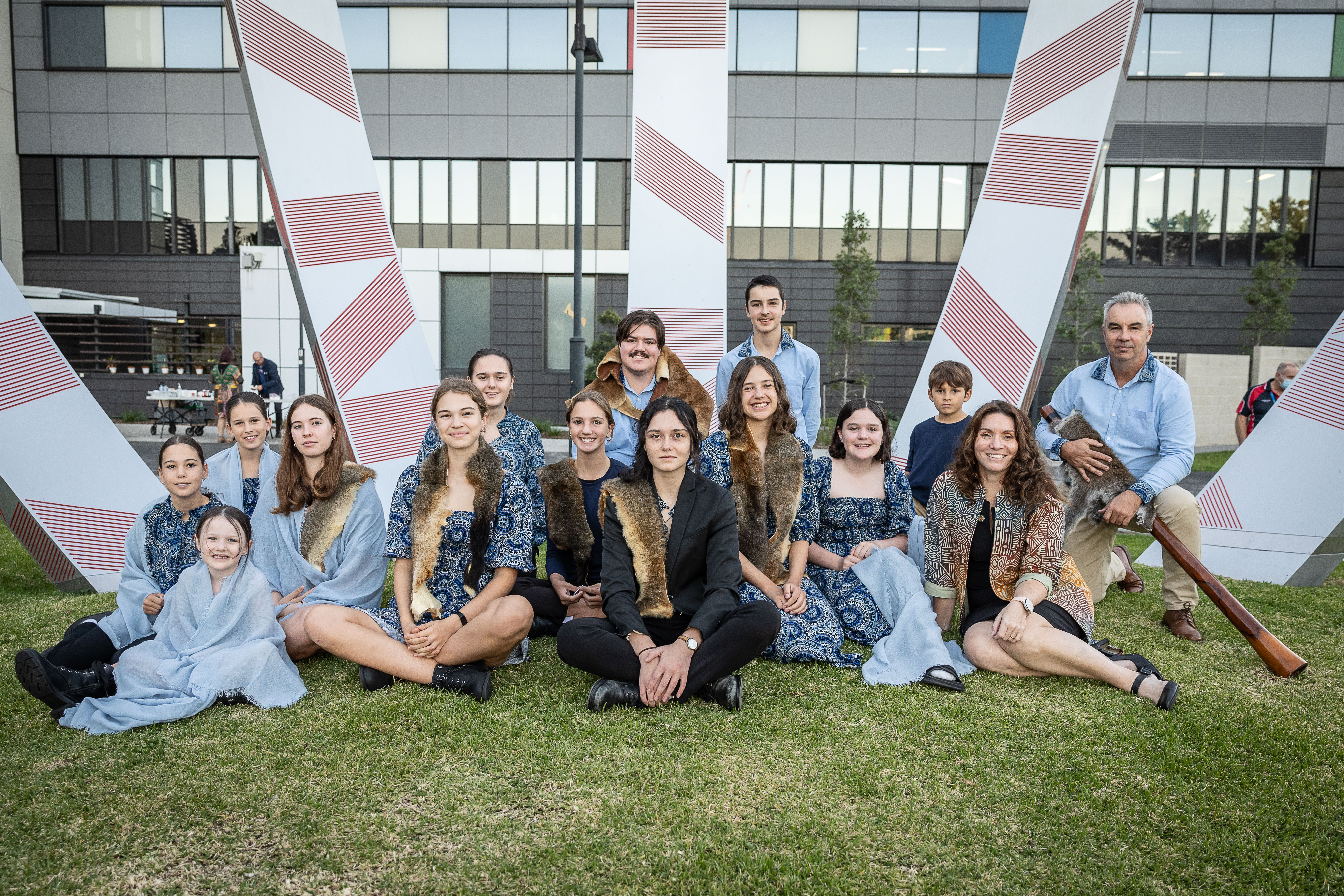
Working together
Gold Coast Health is committed to improving health outcomes for Aboriginal and Torres Strait Islander peoples by providing visible, culturally safe and capable care. Partner organisations play an essential role in ensuring a collaborative approach to improving the health and wellbeing of Aboriginal and Torres Strait Islander people across our region.
Our First Nations Health Equity approach is underpinned by representation, leadership and shared decision-making with Aboriginal peoples and Torres Strait Islander peoples to change the current power balance and create a health system free from racism and discrimination.

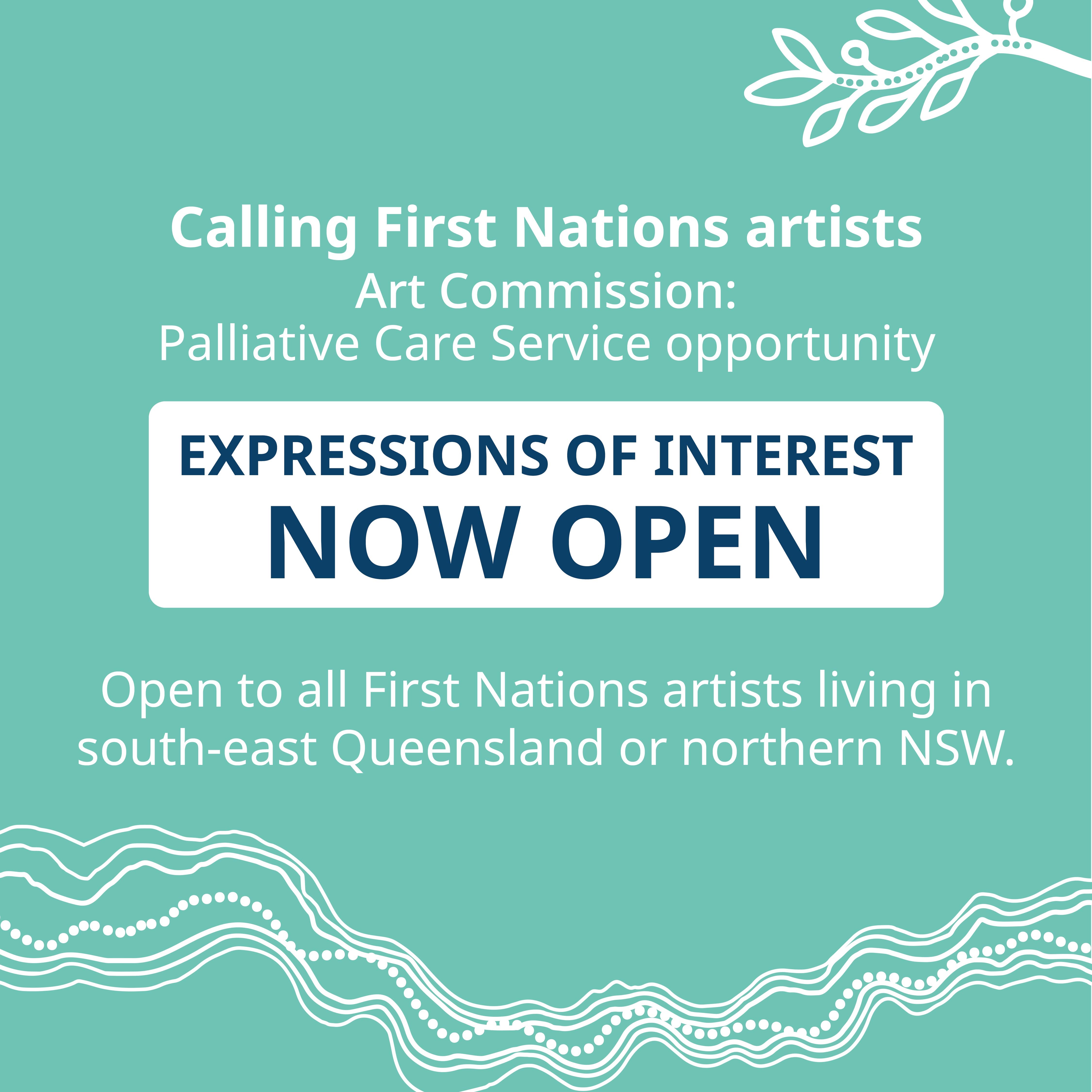
First Nations Art Commission – Expressions of Interest Now Open
Gold Coast Health is inviting established and emerging First Nations artists from Northern NSW and South East Queensland to submit an Expression of Interest (EOI) to create an original artwork that will support cultural safety within the Specialist Palliative Care Service.
The commissioned artwork will reflect Aboriginal and Torres Strait Islander experiences of palliative care, cultural safety, and holistic health and wellbeing. For Forst Nations people health is connected to Country, culture, family, community, and identity, and includes a whole-of-life understanding of the cyclical relationship between life, death, and life.
Key Dates
- EOI Opens: 28 November 2025
- EOI Closes: 22 December 2025
To learn more and apply, please view the Expression of Interest.
Gold Coast Health looks forward to working with an artist whose story, connection, and creativity will help create culturally safe spaces for First Nations palliative care patients and families.
For more information or to discuss the opportunity, contact First Nations Health Equity GCHFirstNationswdo@health.qld.gov.au.

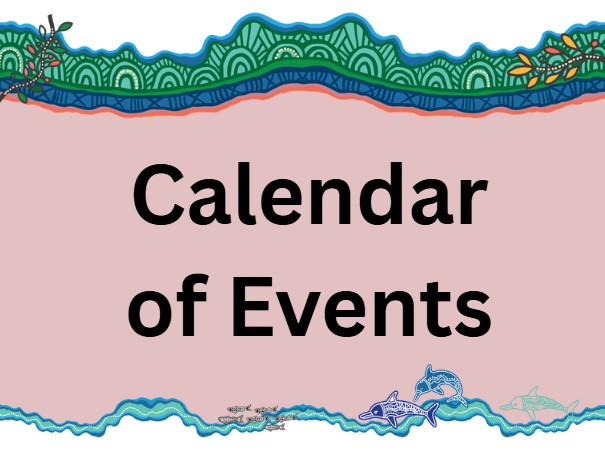
What's on
Check out our Calendar of Events from October to December 2025, featuring Gold Coast Health Aboriginal and Torres Strait Islander programs, services, cultural, and community activities. Explore the full calendar to see what’s happening and get involved.

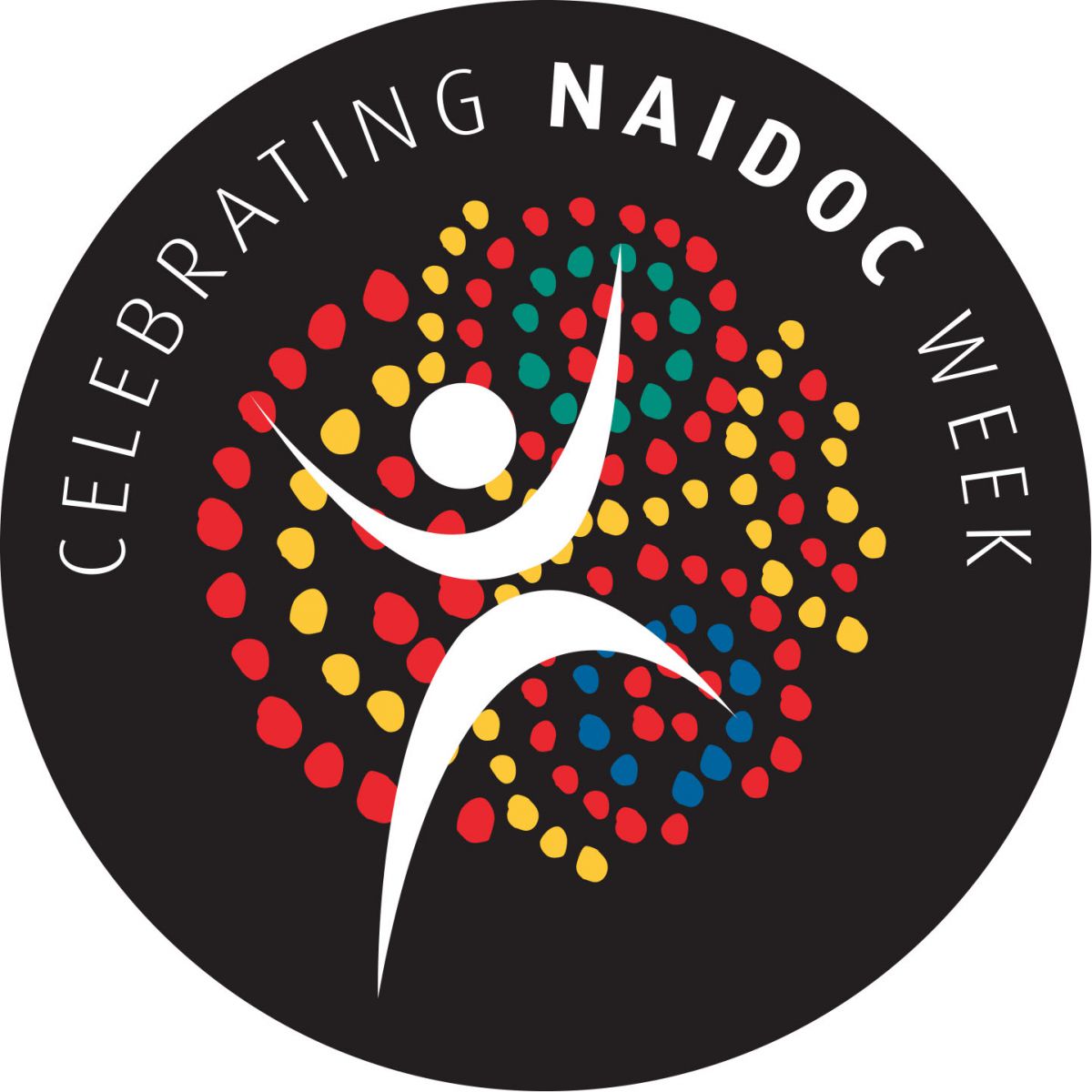
NAIDOC WEEK 2025
Gold Coast Health celebrated National NAIDOC Week (6–13 July), with this year's theme, “The Next Generation: Strength, Vision & Legacy,” reinforced our commitment to health equity and cultural safety for future generations.
More than 3500 staff, patients, and community members joined in the celebrations across the health service and community that honoured culture, strengthened connections, and celebrated the resilience of Aboriginal and Torres Strait Islander peoples.
🎉 Community Event
As a platinum sponsor, Gold Coast Health proudly supported more than 2500 community members to celebrate NAIDOC Week at the Carrara Sports Precinct.
This event was collaboratively delivered by the Gold Coast NAIDOC Events Organising Committee, including Kalwun Development Corporation, Gold Coast Health, and more than 15 key stakeholders.
The celebration brought the community together, with more than 40 stallholders showcasing programs, services and cultural activities, creating a vibrant and inclusive space to honour and celebrate Aboriginal and Torres Strait Islander culture.
🌿 Culture Therapy: moving meditation workshops at GCH
More than 100 staff, patients and community members participated in a Moving Meditation workshop with Lann Levinge at Robina Hospital and Gold Coast University Hospital.
The sessions highlighted how Culture Therapy can relieve, treat and heal.
Lann shared a powerful moment from using Culture Therapy in Intensive Care Unit with a First Nations patient, showing the strength of cultural practice in healthcare.
NAIDOC Week Exhibition: The Next Generation
The Creative Health Hub brings health and wellbeing to life through the arts at Gold Coast Health.
For NAIDOC Week, the team hosted the Next Generation art exhibition at Banyahrmabah, Tugun Satellite Health Centre, showcasing four First Nations artist, two who are staff and two community members.
Call for Artists and Musicians
Want to exhibit or be part of our creative programs? Email GCH.CreativeHealth@health.qld.gov.au.
ADVANCING AND ACCELERATING FIRST NATIONS HEALTH EQUITY
Gold Coast Health is committed to creating a health system that is more inclusive, culturally capable, and focused on achieving health equity for Frist Nations people, as detailed in the GCHHS First Nations Health Equity Strategy.
To mark National Close the Gap Day in 2025, our First Nations Healthy Equity team hosted two successful staff forums. These united Gold Coast Health staff, Elders, and community organisations to share the important First Nations Health Equity initiatives underway across Gold Coast Health, celebrate progress, share success stories, and spark ideas to advance health equity.
National Close the Gap Day encourages all Australians to take meaningful action to attain the national goal of life expectancy parity by 2031.
Close the Gap Day History
The Close the Gap campaign arose in response to Professor Tom Calma’s Social Justice Report (2005) which challenged governments to bring about health equality within a generation. Learn more about the history of Close the Gap, click here.
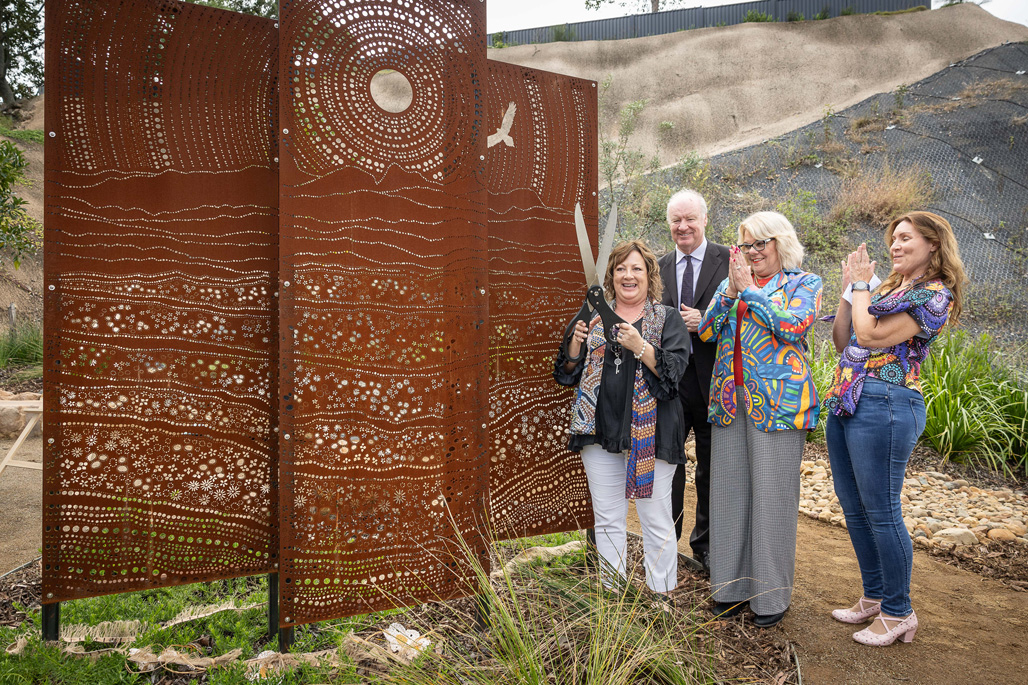
On Tuesday August 20 2024, more than 550 people attended the 'Art of Healing' event at the Healing Garden Tugun Satellite Hospital (Banyahrmabah). The event was a vibe of healing energy and cultural celebration, a truly immersive experience as seen in the video below.
The Gold Coast community had the opportunity to engage with local Aboriginal and Torres Strait Islander living culture through Gold Coast Health's newly launched Culture Therapy. The Culture Therapy workshops provided a unique, multi-sensory journey, allowing guests to immerse themselves in experiences that engaged touch, sight, hearing, smell, and taste, enriching their understanding and connection to cultural practices.
Unveiling the artistic work of Grace Brown
The artistic work of Grace Brown - Banyahr jagun Banyahr garal janabi nyubani “Healthy Country – Healthy Community” will be unveiled at the event. The art depicts the Yugambeh language region, culture and Country, view the video to find the artwork story.
CLOSE THE GAP DAY EVENT CELEBRATION 2024
Gold Coast Health's First Nations Healthy Equity team, in collaboration with the First Peoples Health Unit Griffith University and Kalwun Development Corporation, hosted a remarkable Close The Gap Day event on Wednesday, 15 May 2024.
The event, held at the Gold Coast University Hospital Parklands, witnessed an impressive turnout, with more than 35 elders, 29 dedicated stallholders, and more than 1,500 attendees comprising Gold Coast Health staff, patients, and community members.
If you want to be involved or kept up to date, email the team
gchfirstnationshealthequity@health.qld.gov.au
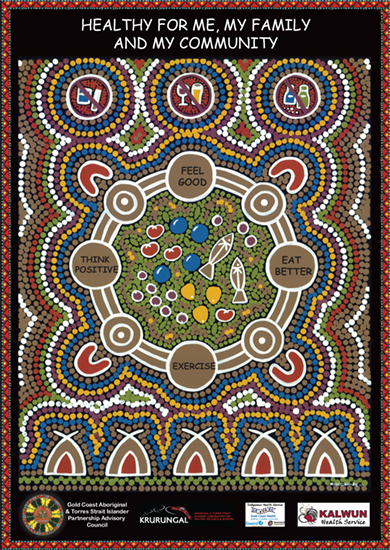
Karulbo Network
The Aboriginal and Torres Strait Islander Health Service is a member of the Karulbo (All Together in the local Yugambeh Language) network. Established in 2010 as a Gold Coast Primary Care Partnership Council collaborative venture between Gold Coast Health, Kalwun Health Service and Krurungal Corporation for Welfare, Resource and Housing to promote health and wellbeing.
The network has partners within the Health, Education, Employment and other sectors across the Gold Coast - these members have shaped Karulbo and driven improved health and wellbeing outcomes for the Gold Coast Aboriginal and Torres Strait Islander Community.
In 2023, Karulbo yarning circles were held with Community and partner organisations to co-design the journey forward.
For more information, please contact the Aboriginal and Torres Strait Islander Health Service:
GCHFirstNationsBSO@health.qld.gov.au
or visit: Karulbo website

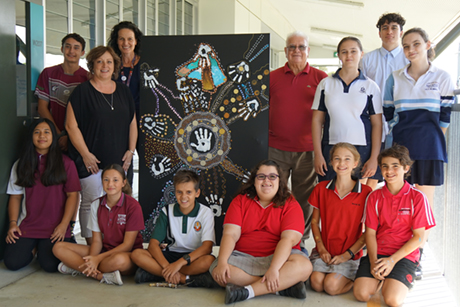
Galagir Ngaurai (youth speak) Health and Wellbeing project
Community arts projects can be powerful health and cultural activities. Galagir Ngaurai (youth speak) was a public health project which engaged the regions Aboriginal and Torres Strait Islander youth in health-related conversation and under the guidance of local Elder Uncle Ian Levinge and Wurundjeri artist Grace Brown, created an artwork response which has been used in the design of public health collateral
“This was an outstanding day! The facilitators provided a culturally safe and supporting environment creating a perfect learning and expressive platform. Students were supported to engage in health conversations, expressing their desire to ‘keep mob safe’ through word, art and action.” Candace Kruger, Head of Department, Aboriginal and Torres Strait Islander perspectives
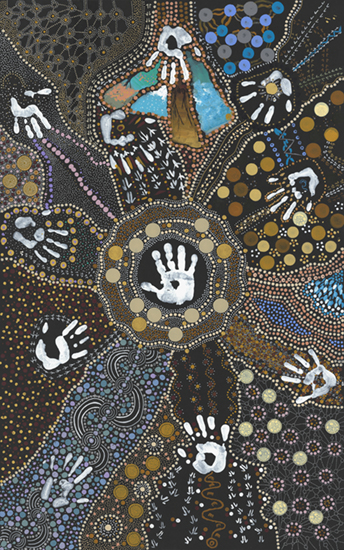
Artwork narration: Galagir Ngaurai – Youth speak. Health and Wellbeing.
The students wanted to convey the importance of coming together to encourage responsible, respectful, and honest discussions about health and wellbeing and centred this around the ‘yarning circle’ painted by Artist, Grace Brown. They watched as Uncle Ian Levinge added his handprint to the centre of the circle, signifying the wisdom and cultural guidance Elders provide to community. The 10 large circles represented each student participant, and the three gold circles represented the artist and the Gold Coast Public Health Unit employees who developed and facilitated the initiative. The smaller circles within the yarning circle represent those positively influencing and supporting students, including family, friends, teachers, and community.
Students added their handprints to the artwork and painted their individual, yet collective health journey. Whilst individual health experiences were discussed, students united around the yarning circle to support each other as they talked about health and wellbeing and the importance of keeping each other safe. Their works were thoughtfully complementary, yet respectfully unique, just as public health efforts can be tailored to individual health issues for entire community benefit, such as the protection against viruses through vaccination, to the creation of supportive environments for healthy eating and physical activity.
The inextricable link between Country and individual / community health was detailed within students designs; the inclusion of flora and fauna including totem animals, waterways, night sky, pathways, connection; students were communicating that health was strongly influenced by the health of their environment. This could be interpreted as an ecological model, those interrelationships between individuals and the social, physical and policy environment, yet the student emphasis was placed on sustainable practices to ensure clean air, waterways, and landscapes in the maintenance and enhancement of a healthy environment, Country, which ultimately provides healthier pursuits for us all.

